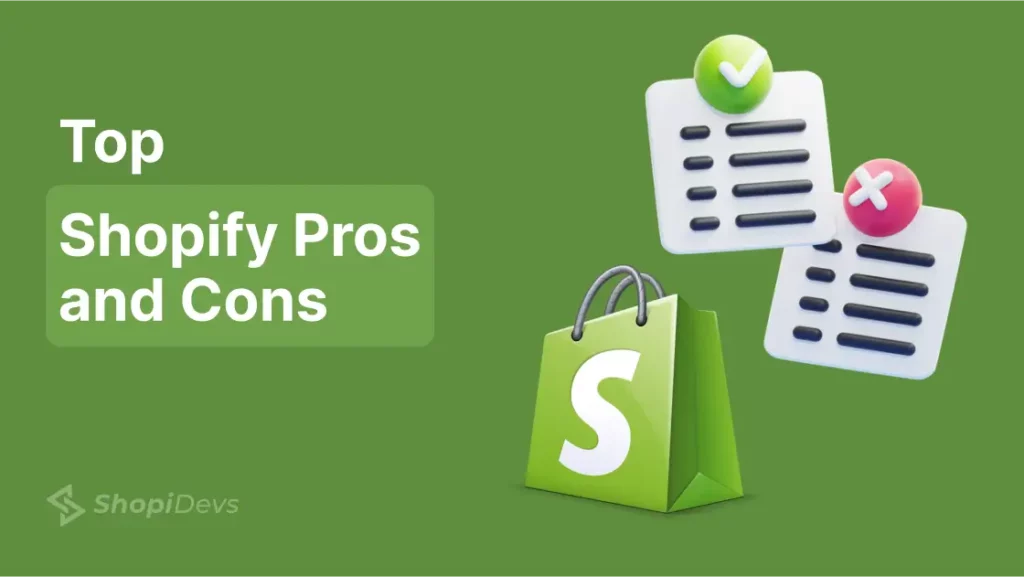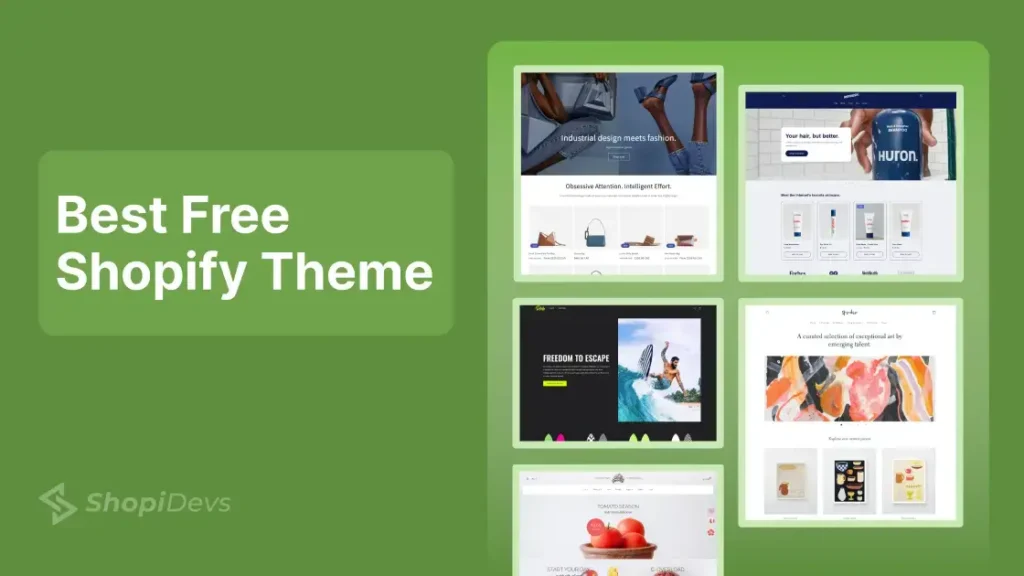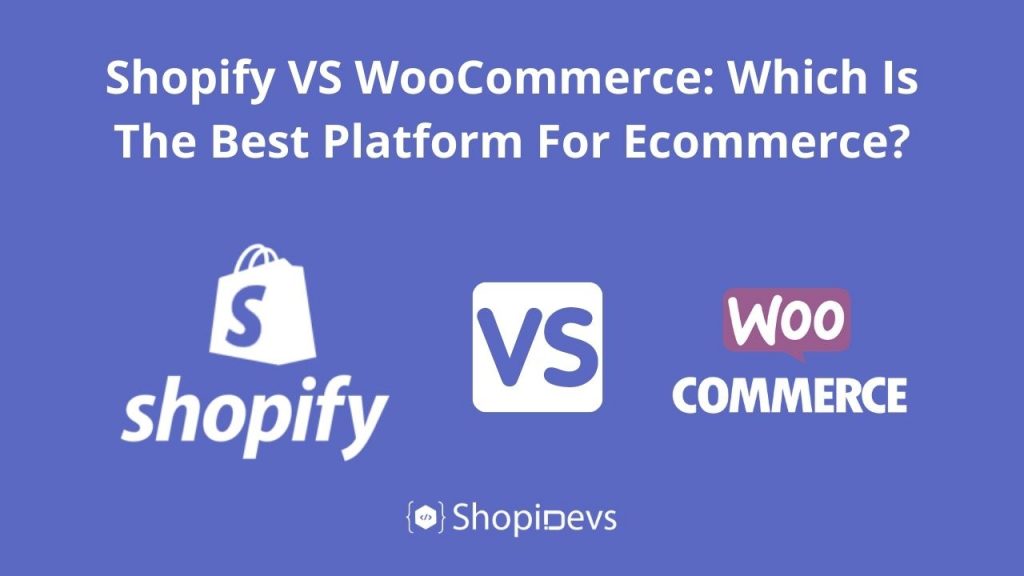Are you thinking about starting an online store? With so many options out there, choosing the right platform can feel overwhelming. But don’t worry, Shopify is here to make things easier. In this guide, we’ll break down the top five Shopify pros and cons of Shopify in 2025, helping you decide if it’s the right choice for your business.
What is Shopify?
Shopify, a leading e-commerce platform, empowers entrepreneurs worldwide to establish and launch their online stores swiftly and effortlessly. With its user-friendly interface and comprehensive features, Shopify caters to businesses in over 100 countries, providing a global reach for aspiring and established brands alike.
By seamlessly integrating social media channels with Shopify stores, business owners can amplify their sales potential with a simple “buy” button, revolutionizing the online shopping experience for customers. In times of uncertainty or technical challenges, Shopify’s dedicated support team stands ready 24/7 to provide assistance via live chat, ensuring that entrepreneurs can navigate any obstacles with confidence. Moreover, Shopify’s flexibility extends to its pricing structure, offering a 14-day free trial with no commitments, followed by three affordable paid plans starting from $14 per month for yearly payments or $29 per month, scaling up to $299 per month to accommodate businesses of all sizes and needs.
Shopify Users in Worldwide:

Shopify’s Main Features
Shopify offers many features designed to empower entrepreneurs in building and managing successful e-commerce stores. The platform serves as a comprehensive “one-stop shop,” providing all the necessary resources to establish and grow your online business effectively. Here are some key features offered by Shopify:
- Shopify Theme Store: Access to a diverse collection of over a hundred professionally designed templates, allowing you to customize the look and feel of your store to align with your brand identity and target audience.
- Sales Dashboard: A centralized dashboard that provides real-time insights into various aspects of your store’s performance, including sales, traffic, and customer engagement metrics, enabling you to make informed decisions and optimize your strategies for success.
- Centralized Inventory Tracking: Effortlessly track and manage your inventory, orders, and payments from a centralized dashboard, ensuring efficient inventory management and seamless order fulfillment processes.
- Shopify Shipping: Gain access to a wide range of global and regional carriers, streamlining the shipping process and providing customers with reliable shipping options to enhance their shopping experience.
- Shopify App Store: Explore a vast ecosystem of apps and plugins designed to extend the functionality of your store, offering additional features and integrations to enhance your e-commerce operations and drive growth.
- Shopify Blog: Engage with your audience and establish your brand as an authority in your niche with a built-in blogging platform. Share valuable content, industry insights, and product updates to attract and retain customers.
- Shopify Point of Sale (POS): Seamlessly integrate digital-led payments with physical selling through Shopify’s Point of Sale system, enabling you to accept payments and manage transactions in-store and online from a single platform.
- Integrations and Customization: Extend the capabilities of your store with integrations and customization options, allowing you to tailor your e-commerce experience to meet your unique business needs and objectives.
Overall, Shopify’s robust feature set provides entrepreneurs with the tools and resources they need to create, manage, and scale thriving e-commerce businesses, making it a preferred choice for online retailers worldwide
 How Does Shopify Work?
How Does Shopify Work?
Shopify operates through a streamlined process consisting of five simple steps:
- Choose a Payment Plan: Start by picking a payment plan that suits your business needs. Shopify offers three main plans, each designed for different types of businesses. The Basic plan is ideal for small businesses, while the Lite and Enterprise plans are tailored for larger operations.
- Sync Your Domain: Connect your chosen domain name to your Shopify store. Use platforms like GoDaddy or Namecheap to register your domain. This ensures that your store’s web address reflects your brand and builds trust with customers.
- Customize Templates: Select from Shopify’s wide range of templates to create a visually appealing storefront that matches your brand. Customize them easily using the drag-and-drop editor to give your store a unique look and feel.
- Optimize Your Website: Boost visibility and engagement by optimizing your Shopify website. Implement SEO best practices and add high-quality product listings. Organize your store’s layout and navigation to make it easy for customers to find what they need.
- Promote Your Business: Once your store is ready, start promoting it to your target audience. Use a variety of digital marketing strategies, including social media, email campaigns, influencers, and content marketing, to drive traffic and increase sales. Keep track of your marketing efforts and adjust your strategy based on performance metrics to achieve optimal results.

While Shopify offers a robust platform for building and managing online stores, it’s essential to carefully evaluate its pros and cons to determine if it’s the right fit for your business. Let’s delve into the advantages and disadvantages of using Shopify to help you make an informed decision.
Shopify Pros and Cons
Understanding Shopify’s Pros
Easy for Any Business:
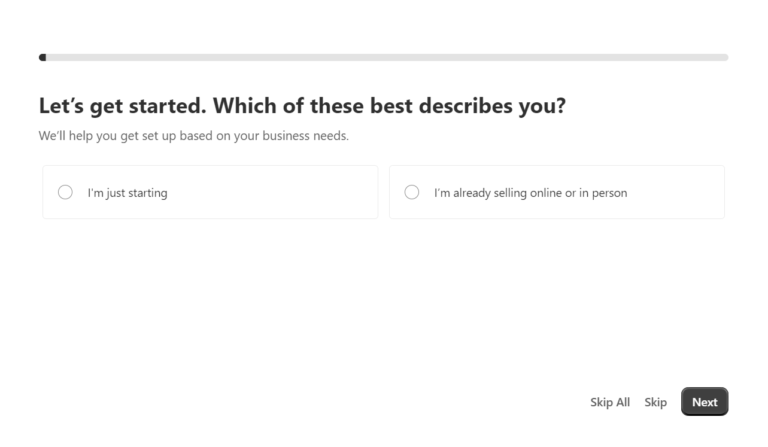
Shopify is great for all types of businesses, whether you’re just starting out or already established. It offers everything you need to build and manage your online store, no matter your experience level. From solo ventures to multinational corporations, Shopify caters to businesses of all sizes and industries, providing a level playing field for anyone with a product or service to sell. Its intuitive interface and user-friendly design make it easy for users of all experience levels to navigate the platform and create professional-looking online stores with minimal technical expertise required.

For newcomers to the world of e-commerce, Shopify offers guided tutorials and resources to help you get started, ensuring that even those without prior knowledge can confidently launch their online storefronts. On the other hand, seasoned entrepreneurs will appreciate Shopify’s advanced features and customization options, allowing them to tailor their stores to suit their unique branding and business requirements.
Simple Setup:
Setting up your store on Shopify is super easy. You don’t need any technical skills – just follow the step-by-step process, and you’ll be up and running in no time.
With Shopify, all you need is a vision for your store and a few simple steps to bring it to life. The platform guides you through each stage of the setup process, providing clear instructions and prompts along the way.
From creating your account to customizing your store’s design and adding products, Shopify’s step-by-step process ensures that no detail is overlooked. Even if you’re a complete beginner, you can rest assured that Shopify has you covered every step of the way.
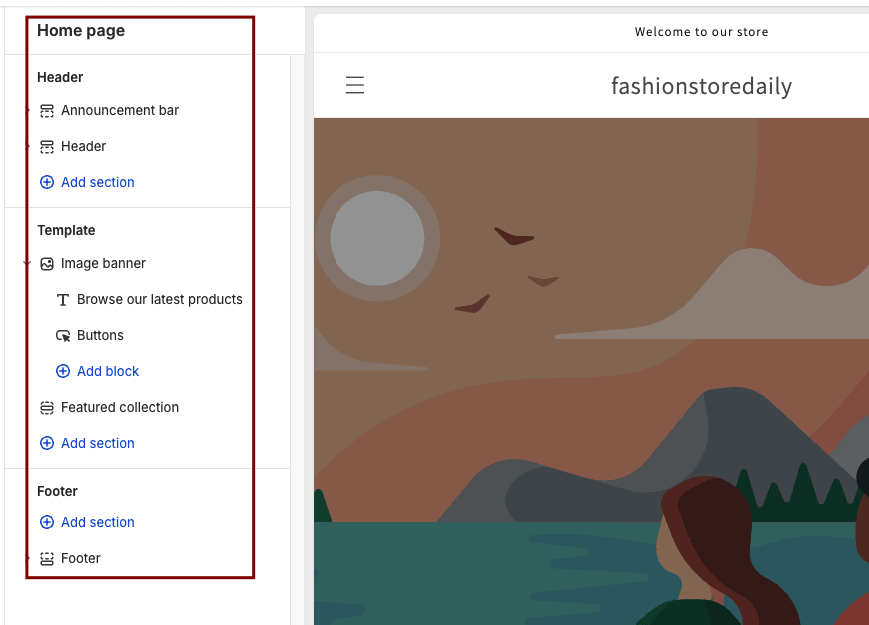
Moreover, Shopify’s extensive library of resources and tutorials offers additional support for users seeking guidance or inspiration. Whether you’re looking to optimize your store’s layout, enhance its functionality, or implement advanced features, Shopify’s knowledge base provides valuable insights and best practices to help you achieve your goals.
Additionally, Shopify’s responsive customer support team is on hand to assist you with any questions or concerns you may have during the setup process. Whether you prefer live chat, email, or phone support, Shopify ensures that help is always just a click or call away, providing peace of mind and confidence as you embark on your e-commerce journey.
No worry about Hosting and Security:
Shopify is an all-in-one solution, meaning it hosts your store without the need for external hosting services. This eliminates the extra cost and hassle associated with managing separate hosting arrangements.
The platform’s robust security measures ensure that your store and customer data are protected at all times. With Shopify’s stringent security protocols in place, you can trust that your online business is safeguarded against potential threats and vulnerabilities.
Furthermore, Shopify offers a vast selection of both in-house and third-party apps, providing flexibility and customization options for your store. These apps undergo rigorous testing to ensure they are free of bugs and seamlessly integrate with your Shopify store, enhancing functionality without compromising security.
Multiple Category for eCommerce Business:
Whether you’re running a physical store, managing dropshipping operations, retailing products, wholesaling goods, or selling digital items, Shopify caters to businesses of all types and sizes, making it the ideal platform to propel your venture forward.
To sell your products on Shopify, the process is straightforward. Begin by setting up and optimizing your account, then specify the type of products you wish to sell. Next, add your products to your store, ensuring each listing is detailed and appealing to potential customers. Finally, integrate a convenient payment method, and voila – your store is ready to start making sales!
It’s important to note that while Shopify accommodates a wide range of businesses, there are certain restrictions on the types of products you can sell, such as adult content, pharmaceuticals, event tickets, pyramid schemes, and video games. However, with Shopify’s versatile platform and comprehensive features, you’ll find everything you need to bring your business vision to life and thrive in the competitive e-commerce landscape.
Variety of Themes and Apps:
Themes play a crucial role in shaping the look and feel of your online store, impacting visitor retention and ultimately boosting your conversion rates. Shopify recognizes this importance and offers a diverse selection of themes tailored to various business categories.

Whether you’re selling beverages, fashion items, food, digital products, footwear, furniture, or more, Shopify has a theme designed specifically for your niche. Regardless of whether you operate a physical store, an online store, or engage in dropshipping, Shopify ensures that there’s a theme suited to your business type.
Moreover, Shopify provides many free themes, ensuring that you can find one that aligns with your brand aesthetic and budget. While themes are essential, they’re just one piece of the e-commerce puzzle. Recognizing this, Shopify has curated a robust app store with over 1,200 apps and plugins to enhance your store’s functionality.
Each app and plugin serves a specific purpose, addressing various aspects of e-commerce, including shipping, inventory management, marketing, and customer relationship management. These apps seamlessly integrate with Shopify, offering mobile-friendly, automated solutions to streamline your business operations.

Whether you need assistance with marketing campaigns, order fulfillment, or customer support, Shopify’s app store provides a wealth of options to meet your business needs. With the right combination of themes and apps, you can create a visually appealing, functional online store that drives sales and fosters customer loyalty.
SEO and Marketing:
To drive traffic and boost sales for your online store, effective marketing strategies are essential. Shopify offers a range of tools and features to support your marketing efforts, including email marketing, SMS campaigns, social media ads, and search engine optimization (SEO).
With Shopify, you can easily create compelling landing pages to capture the attention of potential customers and sync your marketing campaigns seamlessly with your store. Additionally, you have the ability to generate coupon codes, offer store credits, and implement limited-time discounts to incentivize purchases and attract more shoppers.
While Shopify provides a solid foundation for marketing, some advanced tools may require additional apps from the Shopify app store. These apps offer customizable solutions to enhance your store’s website, optimize conversions, and drive sales further, ensuring that you have all the resources you need to achieve your marketing goals effectively.
Great Customer Support:
With Shopify, help is never far away. Their customer support team is available 24/7, ensuring assistance is accessible whenever you need it. Whether you prefer to reach out via email, live chat, or phone, Shopify has you covered.
No matter where you are in the world, Shopify ensures that support is available. If your region isn’t covered by their hotline, fear not – Shopify’s vibrant user community provides a platform for users to connect, share knowledge, and find solutions together. Additionally, Shopify offers a comprehensive FAQs database, serving as a valuable resource for troubleshooting common issues and finding answers to your questions.
Smooth Payment Processing:
With Shopify, you can accept payments from all major gateways, making it easy for customers to buy from you. Plus, you can sell to customers all over the world thanks to Shopify’s support for multiple currencies and languages.
With Shopify, processing transactions on your store domain is quick and effortless, allowing you to accept payments smoothly from customers around the world.
The flexibility of Shopify’s payment options enables you to expand your reach and appeal to a broader audience, ultimately driving sales and growing your business effortlessly.
Exploring Shopify’s Cons
Price Considerations:

While Shopify is affordable for small businesses, larger enterprises might find the subscription fees too high. It’s important to consider your budget before committing to Shopify.
Price can be a significant drawback when considering Shopify for your online business. With three paid plans ranging from $29 to $299 per month, the platform’s pricing may exceed your initial budget expectations. While Shopify does offer a 14-day free trial, transitioning to a paid plan can be costly, especially for beginners.
The basic plan, priced at $29 per month, may lack essential features needed to effectively run your business, forcing you to upgrade to a higher-priced plan, such as the $79 per month option. For businesses still in the early stages of profitability, this additional expense can strain financial resources.
Furthermore, Shopify’s point-of-sale (POS) framework, aimed at streamlining payment processing, may not be available in all countries. As a result, businesses may incur service charges for each sale made on the platform, further adding to operational costs.
Additionally, while Shopify offers a wide range of themes, templates, apps, and plugins to enhance your store’s functionality, many of these options come with additional costs. This can further inflate expenses for businesses looking to customize and optimize their online presence.
Limited Customization:
Shopify’s design customization options are somewhat restricted, mainly due to its use of Liquid, its proprietary coding language. While users can make basic changes using drag-and-drop tools, more advanced customization requires knowledge of Liquid coding.
For intricate adjustments or unique features like file uploads with orders, users may need to code these themselves or invest in third-party apps, adding complexity and potential costs to the process. Overall, while Shopify offers some flexibility, users should be prepared for limitations in design customization.
Unique Coding Language:
Shopify utilizes a proprietary coding language called Liquid for theme customization and backend development. Unlike widely-used languages such as HTML, CSS, or JavaScript, Liquid is specific to the Shopify platform.
Learning Liquid can present a challenge for users accustomed to working with other programming languages. While its syntax is relatively straightforward, mastering the intricacies of Liquid may require time and effort, especially for those with limited coding experience.
Since Liquid is tailored specifically for Shopify, understanding its syntax and functionality is essential for making the most of the platform’s customization capabilities. Users must familiarize themselves with Liquid to effectively modify themes, create custom templates, and implement advanced features on their Shopify store.
While Shopify does provide documentation and resources to aid in learning Liquid, users should be prepared to invest time in acquiring this new skill. However, once proficient in Liquid, users can unlock the full potential of the Shopify platform and create highly customized and personalized online stores tailored to their unique requirements.
Difficult Platform Migration:
Leaving Shopify can be a bit challenging, as there’s no direct option to close your account from your dashboard. Sellers often need to navigate to the Help Center for instructions on account termination, which may not be readily apparent.
However, a simple search for “close my account” in the Help Center yields the necessary instructions. Fortunately, Shopify provides guidelines to ensure a smooth transition, including exporting CSV files with essential data like product info, customer data, and orders.
Before closing your account, it’s crucial to cancel any third-party subscriptions and clear pending invoices to avoid surprise charges. While leaving Shopify may require some effort, following these steps can help ensure a seamless exit from the platform.

In Conclusion: Shopify is a great platform for building and managing an online store, but it’s not without its drawbacks. Before you dive in, make sure to weigh the pros and cons carefully. With the right preparation, you can make Shopify work for your business and set yourself up for success in 2025 and beyond.
I’m a digital marketing expert and mobile app developer with a deep understanding of Shopify App Store optimization. I contribute insightful articles on Shopify to help businesses thrive online.
